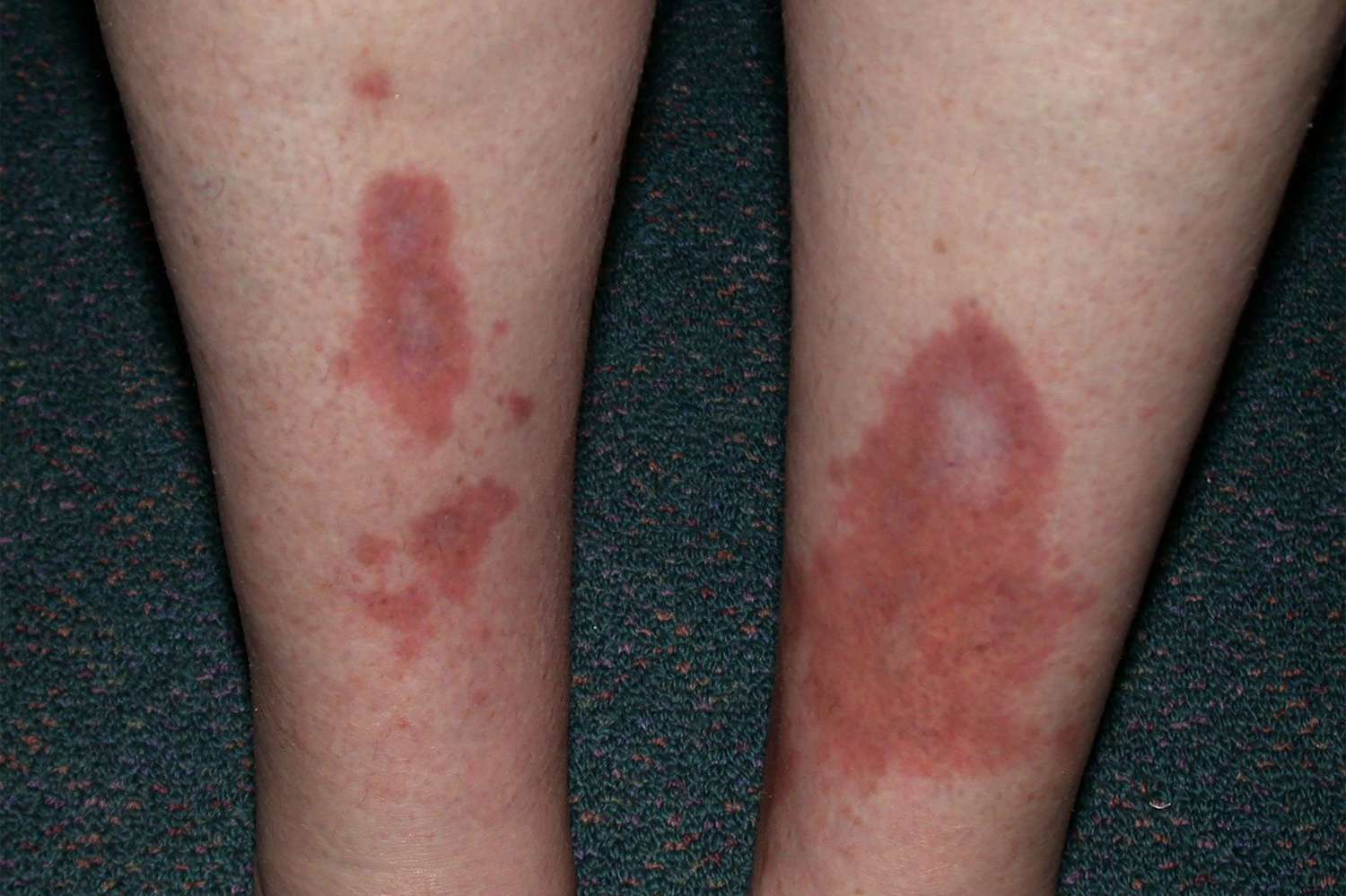
Necrobiosis might sound like a term from a horror movie, but it's actually a natural process in the body. Necrobiosis refers to the death of cells or tissues, which is a normal part of life. Cells constantly renew themselves, and necrobiosis helps clear out the old to make way for the new. This process can be seen in various conditions, such as necrobiosis lipoidica, a skin disorder often linked to diabetes. Understanding necrobiosis can help us grasp how our bodies maintain balance and health. Ready to learn more? Here are 36 facts about necrobiosis that will shed light on this fascinating biological process.
What is Necrobiosis?
Necrobiosis is a medical term referring to the death of cells or tissues within a living organism. This process can occur naturally or due to various diseases. Understanding necrobiosis helps in diagnosing and treating several health conditions.
- Necrobiosis is derived from Greek words "nekros" meaning dead and "bios" meaning life.
- It is a common feature in many chronic diseases, including diabetes and rheumatoid arthritis.
- Necrobiosis can be a normal part of aging, where cells naturally die and are replaced by new ones.
Types of Necrobiosis
Necrobiosis can manifest in different forms, each with unique characteristics and implications. Here are some types of necrobiosis:
- Necrobiosis lipoidica is a rare skin disorder often associated with diabetes.
- Necrobiosis xanthogranuloma is a condition characterized by yellowish plaques on the skin, often linked to blood disorders.
- Granuloma annulare is another form, presenting as ring-shaped lesions on the skin, usually benign and self-limiting.
Causes of Necrobiosis
Various factors can trigger necrobiosis, from underlying health conditions to environmental influences. Understanding these causes can aid in prevention and management.
- Diabetes is a significant cause, particularly for necrobiosis lipoidica.
- Chronic inflammation, such as in rheumatoid arthritis, can lead to necrobiosis.
- Infections, both bacterial and viral, can cause cell death and necrobiosis.
- Exposure to toxins or radiation can also trigger necrobiosis.
Symptoms of Necrobiosis
Recognizing the symptoms of necrobiosis is crucial for early diagnosis and treatment. Symptoms can vary depending on the type and cause.
- Skin lesions, often shiny and reddish-brown, are common in necrobiosis lipoidica.
- Yellowish plaques on the skin may indicate necrobiosis xanthogranuloma.
- Ring-shaped lesions are typical of granuloma annulare.
- Pain and tenderness around affected areas can occur.
- In severe cases, ulceration and secondary infections may develop.
Diagnosis of Necrobiosis
Diagnosing necrobiosis involves various medical tests and examinations. Accurate diagnosis is essential for effective treatment.
- A skin biopsy is often performed to examine the affected tissue under a microscope.
- Blood tests can help identify underlying conditions like diabetes or blood disorders.
- Imaging studies, such as MRI or CT scans, may be used to assess the extent of tissue damage.
- Dermatologists often use dermoscopy to get a closer look at skin lesions.
Treatment Options for Necrobiosis
Treatment for necrobiosis depends on the underlying cause and severity of the condition. Here are some common treatment approaches:
- Topical steroids can reduce inflammation and improve skin lesions.
- Oral medications, such as antibiotics or immunosuppressants, may be prescribed.
- Laser therapy can help in reducing the appearance of skin lesions.
- Good glycemic control is crucial for patients with diabetes to prevent necrobiosis lipoidica.
- Physical therapy may be beneficial for managing pain and improving mobility.
Complications of Necrobiosis
If left untreated, necrobiosis can lead to several complications. Awareness of these potential issues is important for managing the condition effectively.
- Ulceration of skin lesions can occur, leading to secondary infections.
- Scarring and permanent skin discoloration may result from chronic necrobiosis.
- In severe cases, necrobiosis can lead to tissue necrosis, requiring surgical intervention.
- Psychological impact, such as anxiety and depression, can arise due to visible skin changes.
Preventing Necrobiosis
While not all cases of necrobiosis can be prevented, certain measures can reduce the risk. Here are some preventive strategies:
- Maintaining good glycemic control is essential for diabetic patients.
- Regular monitoring and management of chronic inflammatory conditions can help.
- Avoiding exposure to known toxins and radiation reduces risk.
- Prompt treatment of infections can prevent necrobiosis.
- Regular skin examinations can help in early detection and treatment.
Interesting Facts about Necrobiosis
Necrobiosis is a complex and fascinating process with many intriguing aspects. Here are some interesting facts:
- Necrobiosis is a natural process in the human body, essential for tissue renewal.
- The condition was first described in medical literature in the early 20th century.
- Research is ongoing to better understand the mechanisms and treatment of necrobiosis.
Final Thoughts on Necrobiosis
Necrobiosis, a fascinating yet complex process, plays a crucial role in both health and disease. Understanding it can shed light on various medical conditions and the body's natural aging process. This knowledge helps medical professionals develop better treatments and preventive measures. From its role in skin conditions to its impact on internal organs, necrobiosis is a key player in the body's lifecycle. While it may sound daunting, it's a natural part of life that affects everyone. Staying informed about such processes can empower individuals to take proactive steps in maintaining their health. So, next time you hear about necrobiosis, you'll know it's more than just a scientific term—it's a window into the intricate workings of our bodies. Keep learning, stay curious, and remember that knowledge is a powerful tool in navigating health and wellness.
Was this page helpful?
Our commitment to delivering trustworthy and engaging content is at the heart of what we do. Each fact on our site is contributed by real users like you, bringing a wealth of diverse insights and information. To ensure the highest standards of accuracy and reliability, our dedicated editors meticulously review each submission. This process guarantees that the facts we share are not only fascinating but also credible. Trust in our commitment to quality and authenticity as you explore and learn with us.
